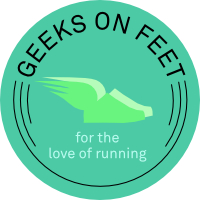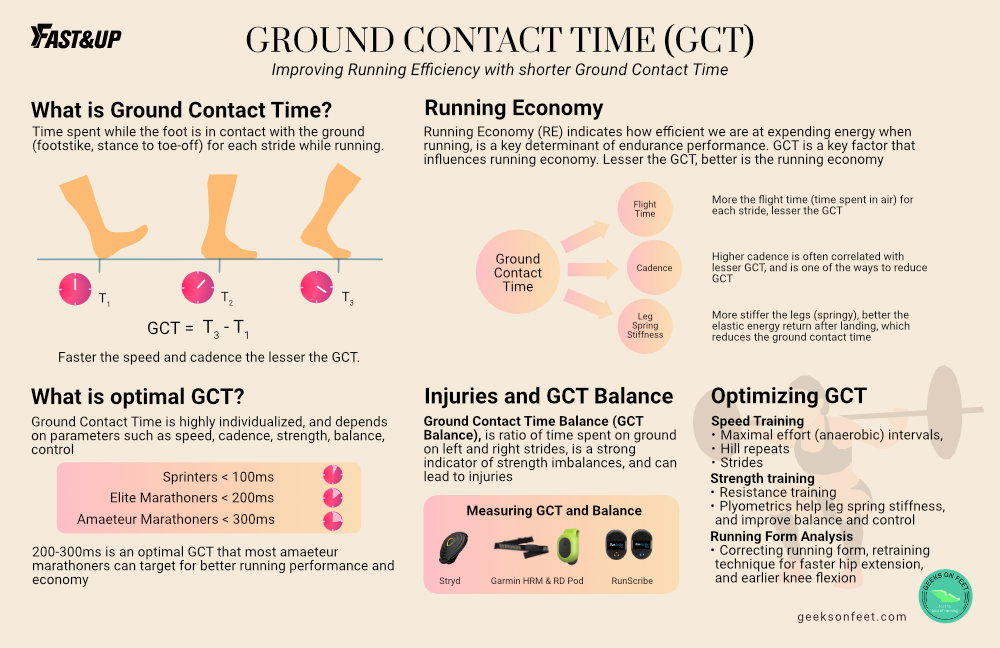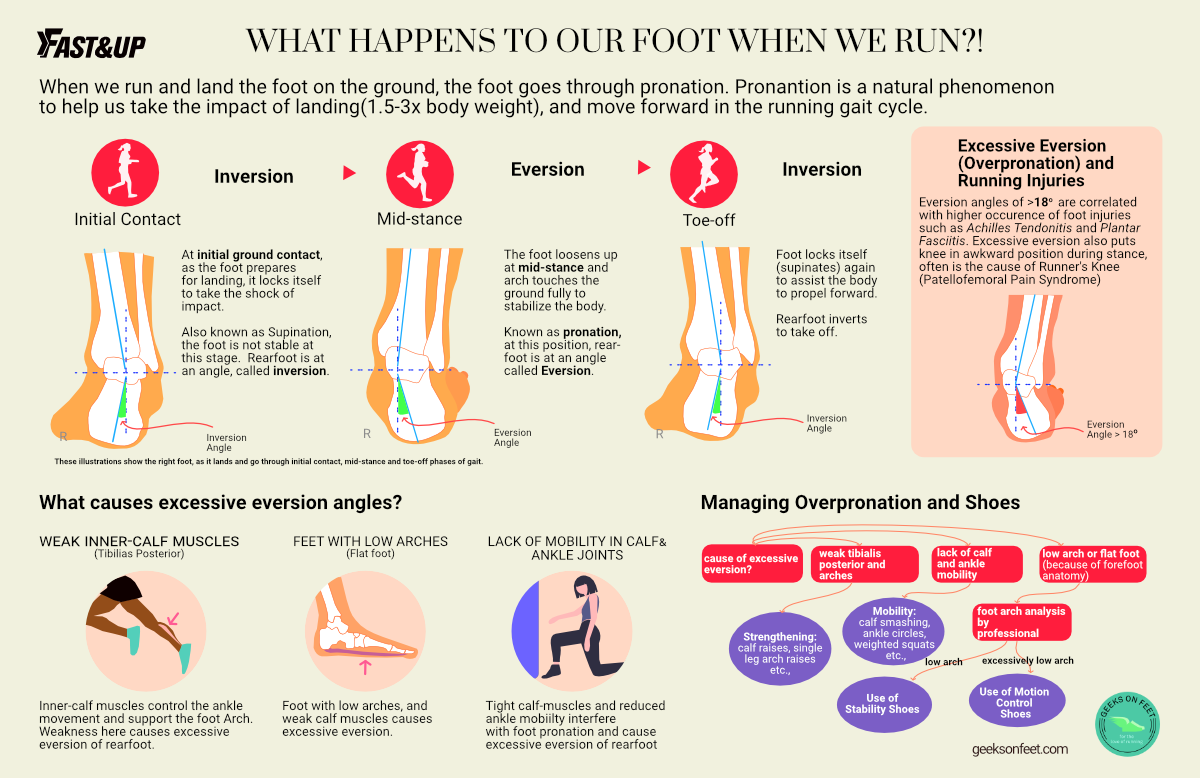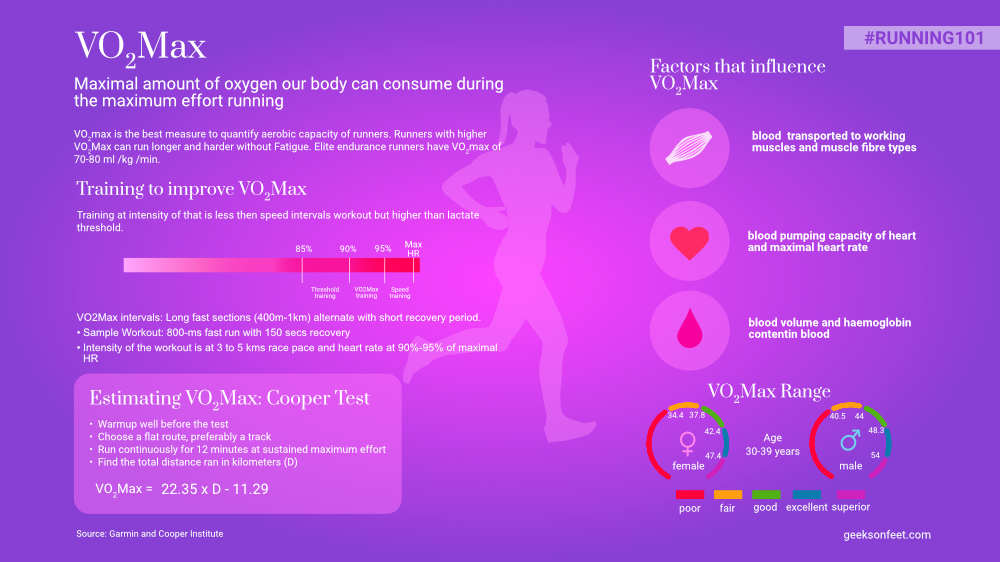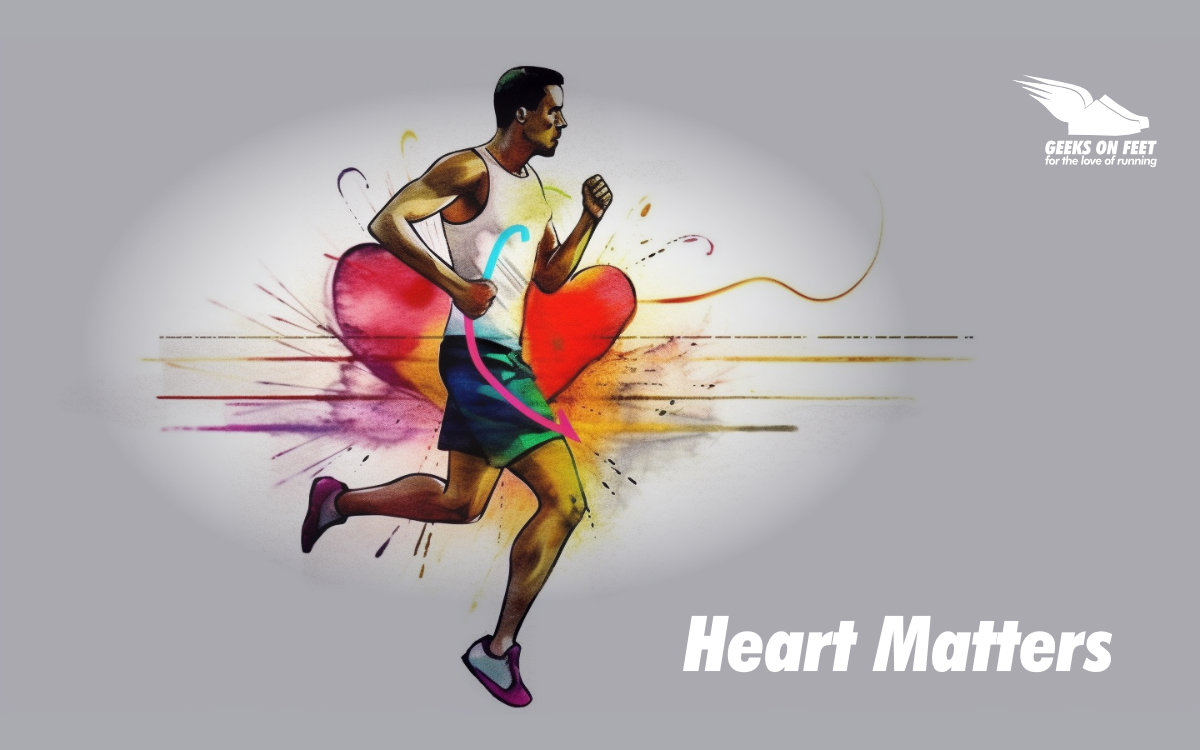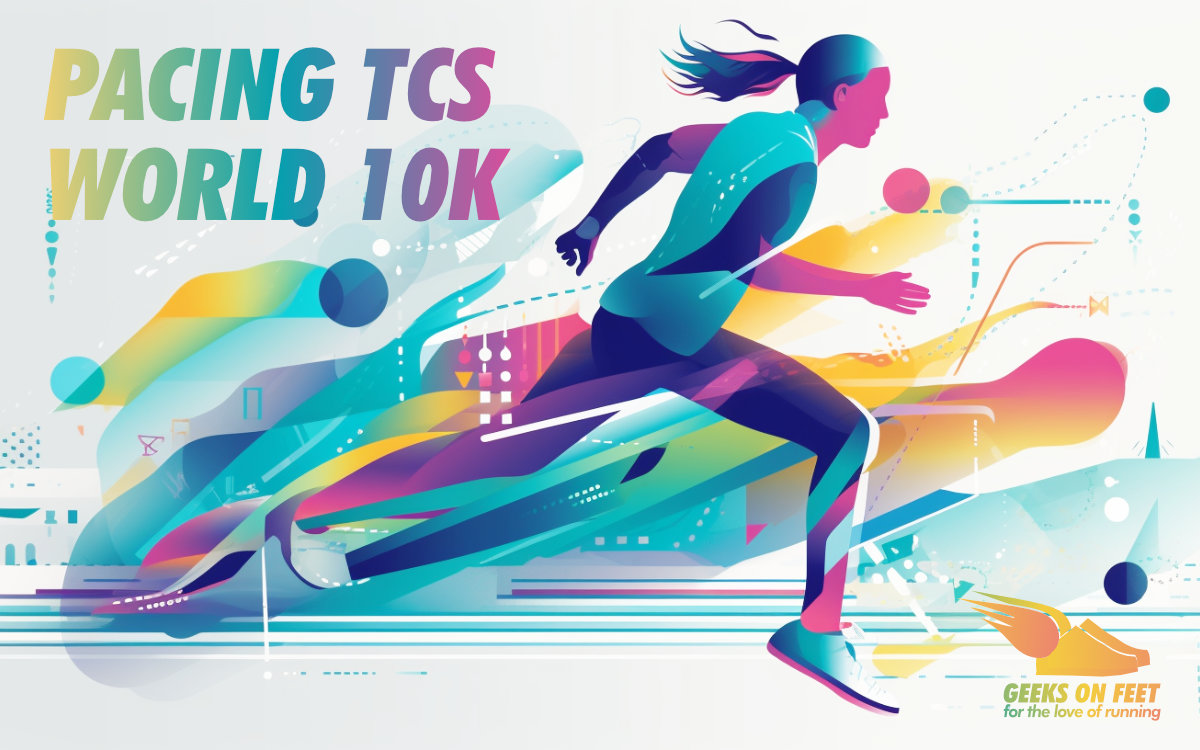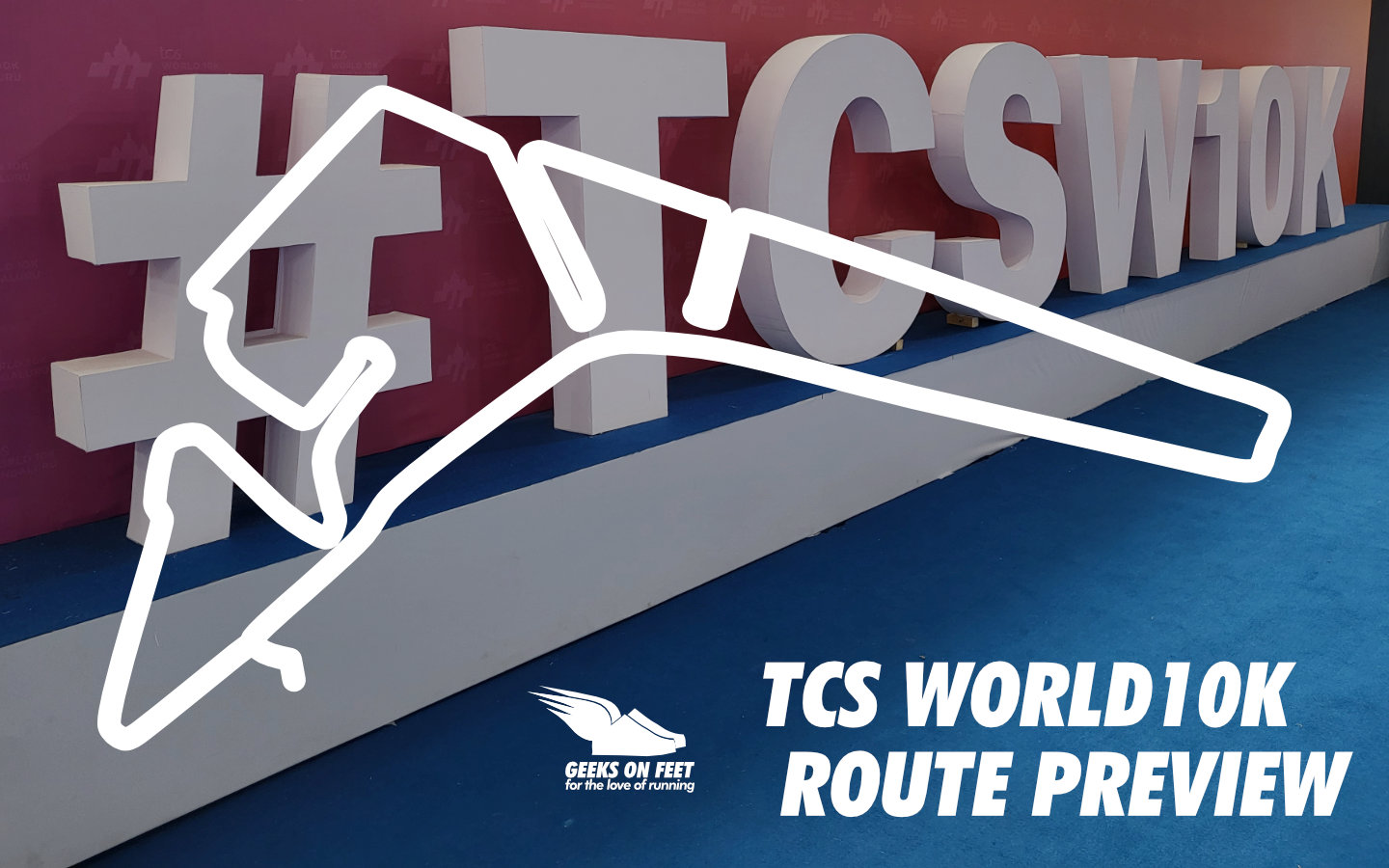Foot strike patterns in runners
Everything runners need to know about foot strike
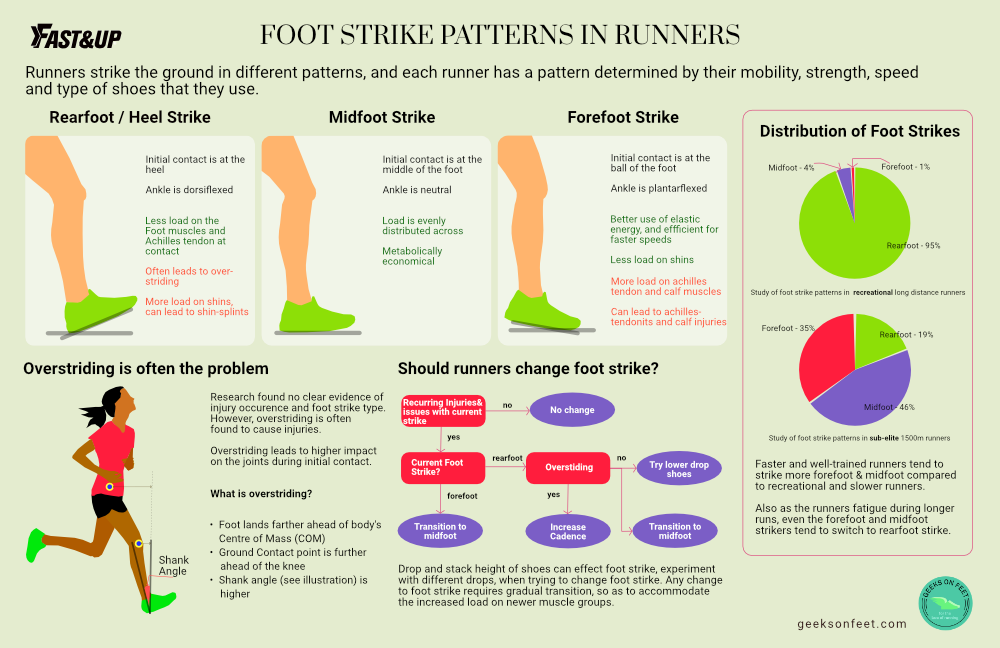
[Download high resolution graphic] (./../../img/2020/11/foot-strike-hd.png)
Foot strike is often the point of debate among runners. Which foot strike is better? Midfoot, rearfoot or forefoot?
Foot Strike Patterns
Runners strike the ground in different patterns, and each runner has pattern determined by their mobility, strength, speed and type of shoes they wear.
- Rearfoot/Heel strike - Initial contact of the foot as at the heel. Ankle is dorsiflexed in this pattern. Since load is not on the foot, but only on the heel. Achilles tendon is not actively engaged in this strike. This pattern often correlated with overstriding. In heel strikers, there is signficant load on shins, often causing shin splints.
- Midfoot stirke - Initial contact is at the middle of the foot. Ankle is in neutral position. Load is distributed evenly across the foot. Midfoot strike is considered as metabolically economical.
- Forefoot strike - Initial contact is at the ball of the foot. Ankle is plantarflexed. Achilles tendon is actively engaged in this pattern, and elastic energy stored in the foot when landing, is utilized better. Hence making this strike more efficient for speed. Sprinters often use this pattern.
Foot strike distribution among runners
Foot strike Patterns change based on the competency and experience levels of runners.
-
Recreational Runners - Recreational long distance often use rearfoot/heel strike pattern. Studies show 95% of these runners are heel strikers. 4% are midfoot strikers, and 1% are forefoot strikers.
-
Sub Elite/Elite Runners - Shorter distance sub-elite/elite runners often use forefoot/midfoot strike pattern. Studies show 46% of these runners are midfoot strikers. 35% are forefoot strikers, and 19% are rearfoot strikers.
Foot strike also get effected by fatigue. Studies show that even the midfoot/forefoot strikers switch to heel strike towards the later of the races, as they fatigue.
Does foot strike type cause injuries?
Research found no clear evidence of foot strike and its relation to injuries. However, overstriding often to cause several knee/shin injuries. Overstriding leads to higher impact on the joints during initial contact.
What is Overstrding?
- Foot lands much ahead of the body’s Centre Of Mass (COM)
- Point of contact to the ground is much ahead of the knee
- Shank angle (the angle of the shank relative to the vertical axis) is much higher for overstriders
Should we change our foot strike?
The answer is no mostly, unless there is strong reason to do. Some of the reasons why one might want to consider changing foot strike.
- Frequent Injuries - Those with heel strike and forefoot strike might want to consider changing to midfoot, if there are frequent injuries such as shin splints, calf pains, plantar issues.
- Performance - Midfoot and forefoot strike are associated with less ground contact time. Those with performance focus might want to consider switching to midfoot and forefoot strike.
Shoes and sensory perception at the feet, can cause change in foot strike. For example, minimalistic shoes and shoes with lower drop can influence the runners to switch midfoot and forefoot strike.
References
- Is the rearfoot pattern the most frequently foot strike pattern among recreational shod distance runners?
- Foot strike patterns and ground contact times during high-calibre middle-distance races
Compiled by Team GeeksOnFeet for the love of running!
If you are a running enthusiast, follow us on our social media channels @geeksonfeet on Twitter, and GeeksOnFeet on Instagram and Facebook for updates. Also let us know what running topics you would like to read on.
